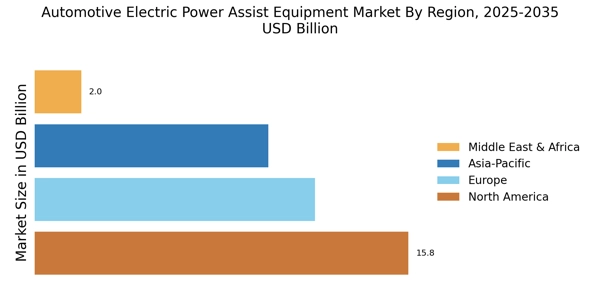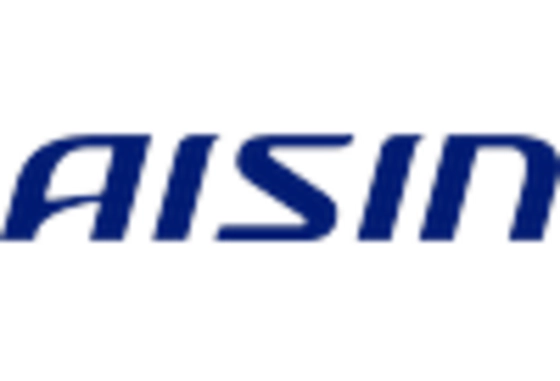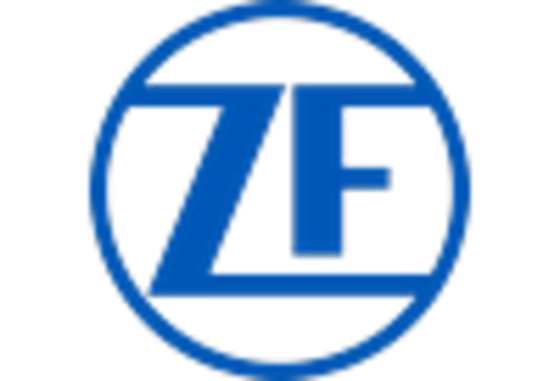Focus on Sustainability
Sustainability has emerged as a pivotal driver in the Automotive Electric Power Assist Equipment Market. As environmental concerns intensify, manufacturers are compelled to develop products that minimize carbon footprints. Electric power assist systems, which reduce fuel consumption and emissions, align with the global push towards greener transportation solutions. The market is witnessing a surge in demand for electric vehicles, which inherently require efficient power assist technologies. According to recent data, the market for electric vehicles is expected to reach 30 million units by 2030, further propelling the need for advanced electric power assist equipment. This focus on sustainability not only enhances brand reputation but also meets regulatory requirements, thereby driving market growth.
Consumer Awareness and Preferences
Consumer awareness and preferences are increasingly influencing the Automotive Electric Power Assist Equipment Market. As consumers become more informed about the benefits of electric power assist systems, including improved fuel efficiency and enhanced driving comfort, their purchasing decisions are shifting towards vehicles equipped with these technologies. Surveys indicate that a significant percentage of consumers prioritize fuel economy and environmental impact when selecting a vehicle. This shift in consumer behavior is driving manufacturers to enhance their offerings in the electric power assist segment. Consequently, the market is expected to witness a steady increase in demand as more consumers seek vehicles that align with their values and preferences, thereby propelling the growth of the Automotive Electric Power Assist Equipment Market.
Rising Demand for Electric Vehicles
The Automotive Electric Power Assist Equipment Market is significantly influenced by the rising demand for electric vehicles (EVs). As consumers increasingly opt for EVs due to their environmental benefits and lower operating costs, the need for efficient power assist systems becomes paramount. The transition from traditional internal combustion engines to electric drivetrains necessitates the development of specialized electric power assist technologies. Market analysts project that the EV market will expand at a CAGR of over 20% in the coming years, which will directly impact the demand for electric power assist equipment. This trend indicates a robust growth trajectory for the Automotive Electric Power Assist Equipment Market, as manufacturers strive to innovate and meet the evolving needs of the automotive sector.
Integration of Advanced Technologies
The Automotive Electric Power Assist Equipment Market is experiencing a notable shift due to the integration of advanced technologies such as artificial intelligence and machine learning. These technologies enhance the performance and efficiency of electric power assist systems, leading to improved vehicle dynamics and driver experience. For instance, the incorporation of predictive algorithms allows for real-time adjustments to power assist levels based on driving conditions. This technological evolution is expected to drive market growth, as manufacturers increasingly adopt these innovations to meet consumer expectations for enhanced safety and performance. Furthermore, the market is projected to grow at a compound annual growth rate of approximately 7% over the next five years, indicating a robust demand for technologically advanced electric power assist solutions.
Government Regulations and Incentives
Government regulations and incentives play a crucial role in shaping the Automotive Electric Power Assist Equipment Market. Many countries are implementing stringent emissions standards and offering financial incentives for electric vehicle adoption, which indirectly boosts the demand for electric power assist systems. These regulations encourage manufacturers to invest in advanced technologies that enhance vehicle efficiency and reduce emissions. For instance, tax credits and rebates for electric vehicle buyers have been shown to increase market penetration significantly. As governments continue to prioritize sustainable transportation, the Automotive Electric Power Assist Equipment Market is likely to benefit from these supportive policies, fostering innovation and growth in the sector.


















Leave a Comment